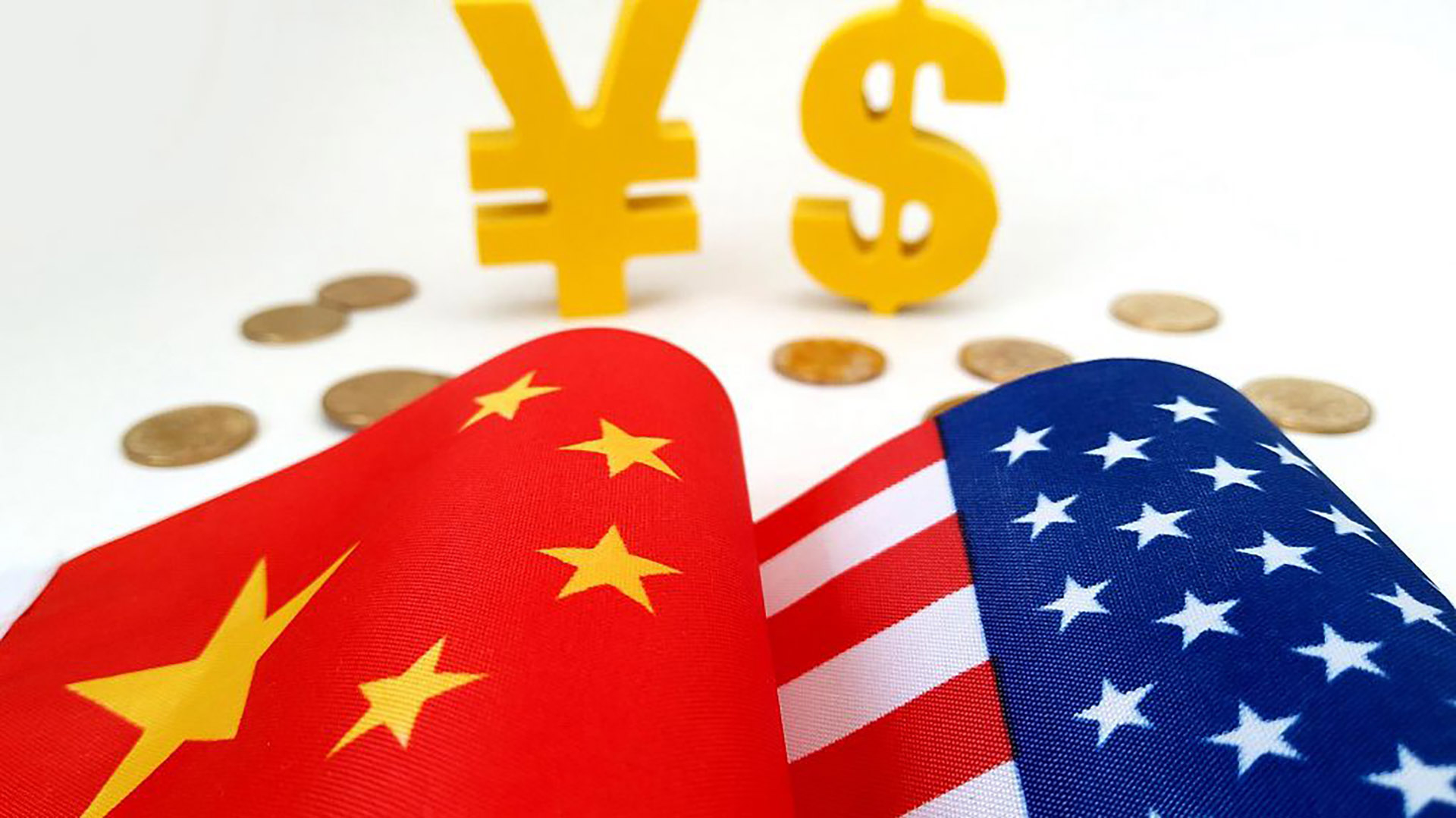
Economy
21:36, 02-Mar-2019
The 7th round of China-U.S. trade talks makes substantial progress
Updated
22:04, 02-Mar-2019
Wang Hui
03:42

In a week that saw an abrupt end to denuclearization talks in Vietnam, meetings on China-U.S. trade relations wrapped up on a more positive note.
The seventh round of China-U.S. trade talks concluded in Washington, D.C., Sunday. Chinese Vice Premier Liu He met with U.S. President Donald Trump. The Chinese Commerce Ministry says the talks yielded substantial progress.
Following talks with the U.S. president, Chinese Vice Premier Liu He discussed trade with U.S. Treasury Secretary Steven Mnuchin and Trade Representative Robert Lighthizer. After a two-day extension to the negotiations, the Chinese Commerce Ministry felt both sides made progress.
"The two teams further implemented their leaders' consensuses. They focused on the text of the agreement, and made great strides on specific issues, like technology transfers, intellectual property protection, non-tariff barriers and currency rates," said Gao Feng, the spokesperson of the Chinese Commerce Ministry.
While meeting with Liu, Trump called bilateral ties between the two nations extremely important – adding that they're at a good status.
He said this round of talks had made remarkable progress, and that the U.S. is willing to work with China to achieve stronger results.
Trump also said he expects to meet with Chinese President Xi Jinping in the near future to sign the agreement.
Dong Yan, director of the International Trade Office with the Chinese Academy of Social Sciences, voiced her opinion.
"They had in-depth discussions on structural issues. It's all in line with where China's economic reform is heading. The two countries have differences in the reform's approaches and pace, but they have gradually reached more agreements."
The China-U.S. trade dispute was triggered last March by America's 301 investigation into China's trade practices and treatment of intellectual property. Despite four rounds of earlier negotiations, the disputes escalated into a trade war. In July, the two sides started imposing additional tariffs on each other as high as 25 percent on 50-billion US dollars' worth of goods. The U.S. later imposed an extra 10 percent on 200 billion dollars' worth of Chinese goods, while China retaliated with 10 percent tariffs on 60 billion dollars in U.S. exports to China. The two countries' lists covered nearly all categories of the other side's exports.
December 1 became a turning point when the presidents of both nations met at the G20 summit in Argentina. They reached a "90-day truce" and decided to negotiate during this period, while pausing tariff increases. Since then, the U.S. and China have held another three rounds of negotiations.
Despite all the ups and downs, experts say the unbreakable economic ties have prompted the two to reconcile.
"Since 1979, the two countries have had 40-years of economic engagement. They have taken interest in each other, but there are also structural problems. So, this trade spat was the result of the accumulation of the problems. But the economic and trade connections based on the market will not go away. This is what makes the two countries finally come back to the negotiating table to resolve the dispute," said Liang Ming, director of the Institute of International Trade at Chinese Academy of International Trade and Economic Cooperation.
Trump tweeted that he will postpone the deadline of the 90-day truce, and won't increase tariffs during this period. Experts believe it will allow more time for the two teams to work on the agreement. It shows that Trump is willing to negotiate rather than threaten more tariffs. It also shows that the negotiations are deep and systematic, and the teams are working on the details.

SITEMAP
Copyright © 2018 CGTN. Beijing ICP prepared NO.16065310-3
Copyright © 2018 CGTN. Beijing ICP prepared NO.16065310-3